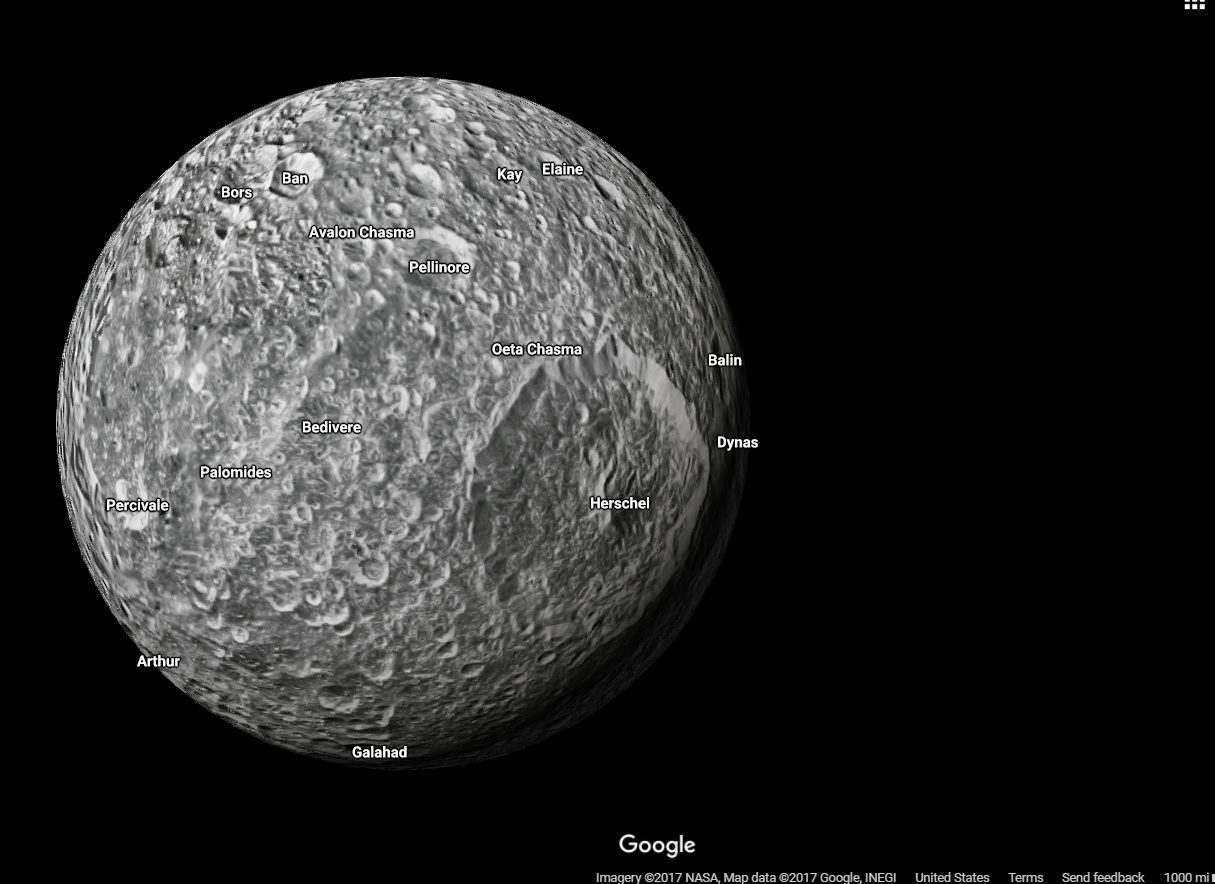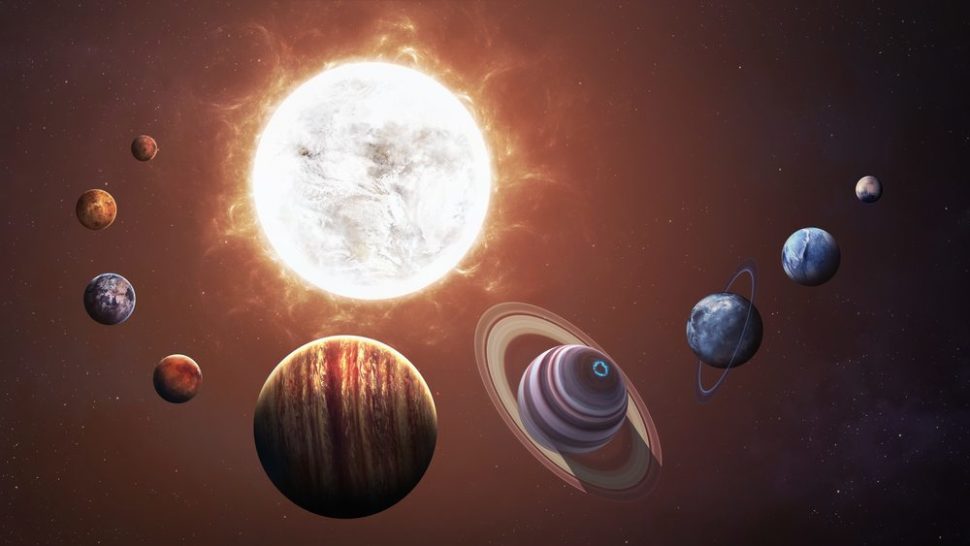Trumping Google Earth, Google Maps can leave Earth behind. Now, instead of zooming into places around Earth, Google Maps lets you zoom out to check some planets and moons in our solar system.
It seems that the Millenium Falcon is encountering some issue with its stealth tech.
Disney has been keeping the lid tight on the development of the next film in Star Wars franchise, The Last Jedi, due next month.
But thanks to Google Earth, some eagle-eyed people have managed to spot the Millennium Falcon’s replica hidden in the suburbs of London by shipping containers. If that’s enough to keep it out of sight from the ground, from the sky, however, it’s a whole different story.
Now, the iconic spaceship is labeled on Google Maps, with over 250 reviews, and neither Disney nor Han Solo can do anything about it!
And if we can’t hop into the Falcon to try to break Han Solo’s “Kessel Run” record, Google Maps’s new feature allows us to venture into equally exciting extraterrestrial places, just, right now, and not as far, far away.
Space out With Google Maps Planets
Google Earth allows anyone with an internet connection to orbit our home planet.
In 2005, to celebrate the 36th anniversary of the first manned landing on Earth’s satellite, Google launched a new service, Google Moon, which allows users to explore lunar maps.
Then, it was Mars’s turn with another application, Google Mars, using images provided by NASA.
Now you can explore the Solar System with Google Maps.Click To TweetNow, Google Maps has been expanded to include, in addition to the ISS, 16 planets and moons in the solar system. To access the dedicated menu with the list of moons and planets to explore, just click on the satellite tab and zoom out until you can see Earth as a whole.
Google Maps Planets was launched in honor of the Cassini mission grand finale, which you can read more about here. Before plunging into Saturn, Cassini (1997-2017) has sent back, over the years, more than half a million images that helped virtually render these exotic worlds.
Among the virtual space excursions offered, here are our picks:
1. The International Space Station (ISS)
Orbiting Earth at more than 17,000 mph and at an average altitude of about 250 miles, the ISS is worth checking out. Google Maps Planets now offers you a 360°virtual tour inside and outside the station.

Inside, you can have a spectacular view of Earth in the Cupola module or check other modules and click on the interactive points to learn more about this wonderful piece of space hardware.
2. The Moon
After the Sun, the Moon is the most prominent celestial body visible to the naked eye, and until now, the only extraterrestrial place where humans left their footprints.

Feel tempted by a view of the Mare Tranquillitatis (the Sea of Tranquility)?
The Moon section uses images courtesy of NASA and the ESA (European Space Agency). Some lunar views of our satellite are in high definition but other shots are of lower resolution.
3. Mars
We can’t get enough of Mars, can we? Perhaps the most favorite destinations on the list, Mars is the most documented planet in our Solar System other than the Earth.
Here’s the link to Mars! Zoom in and get lost on the Martian surface.

The virtual tour lets you explore plains, famous craters and other landscape highlights of the Red Planet.
4. Enceladus
Since Enceladus, one of Saturn’s natural satellites, was discovered by William Herschel in 1789, it still stirs up curiosity.

In 2015, the Cassini probe had discovered the existence of a global ocean beneath the icy crust of Enceladus, which now you can check out with Google Maps Planets.
5. Mimas
Here’s another icy moon of Saturn discovered the same year as Enceladus and by the same man.
Mimas may be especially interesting for Star Wars fans, and sci-fi because it suspiciously looks like the fictional Death Star, the Empire’s planet-destroying superweapon.

You can look for yourself and inspect Mimas and its massive Herschel Crater. And before you do, NASA assures you it’s a natural moon and not an alien space station!
6. Pluto
Pluto might be a dwarf planet, but it is the biggest one known in the Solar System and has its share of wonders that deserve a (virtual) detour.

Under Pluto’s crater-ridden surface, New Horizon might have detected signs of water and other phenomena that increase the planet’s appeal.
Other destinations currently covered by Google Maps include planets other than Mars (including Mercury and Venus), another dwarf planet other than Pluto (Ceres), and the moons Europa, Io, Rhea, Dione, Iapetus, and Titan.



















Comments (0)
Most Recent